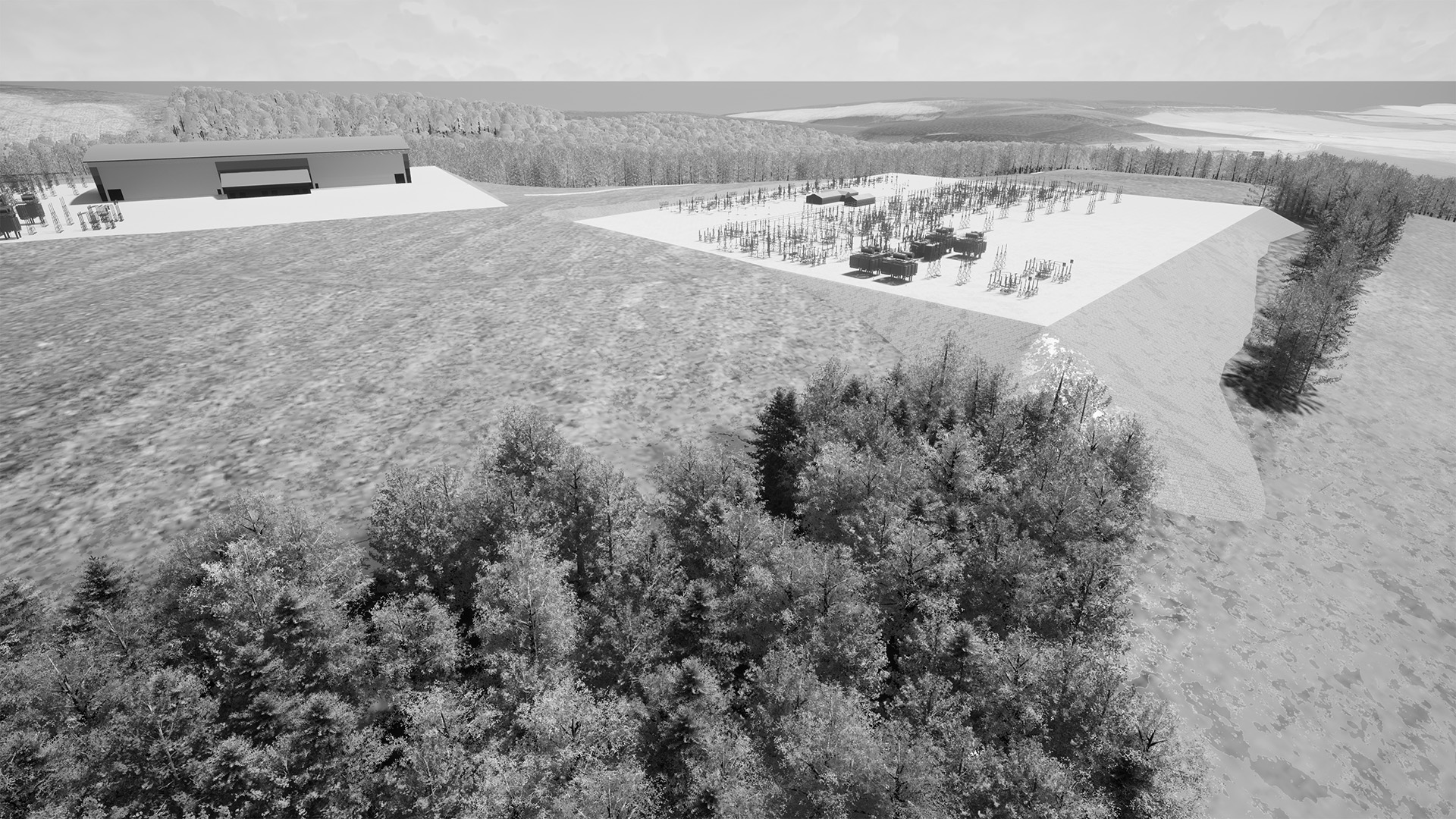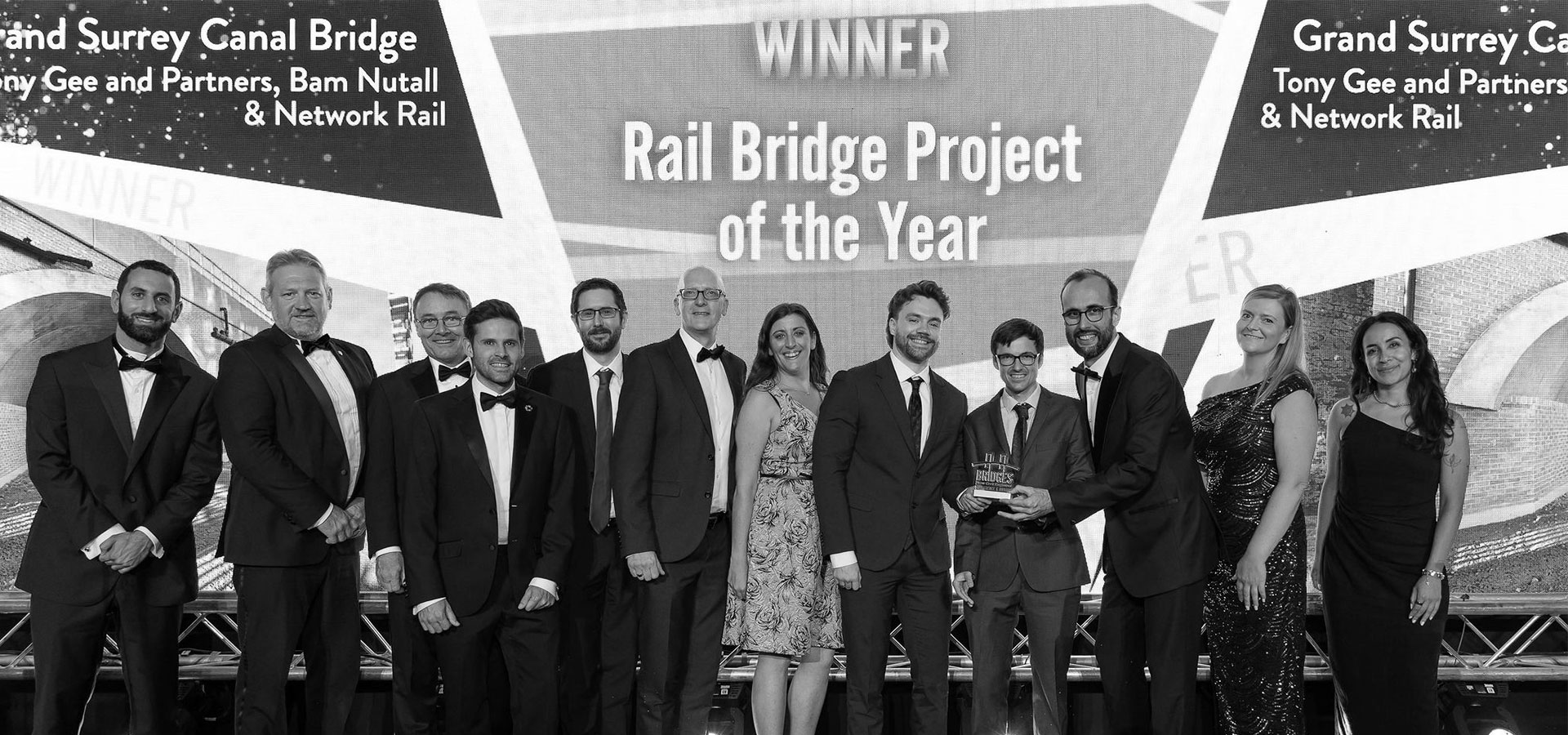BIM – A revolution in building design or a hard sell to cost-constrained clients?
Most people in design and construction have their own ideas about what Building Information Management/Modelling (BIM) is and what it can offer. Yet whilst infrastructure specialists such as Tony Gee and Partners are fully invested in BIM, explaining its advantages is not always straightforward.
Most people in design and construction have their own ideas about what Building Information Management/Modelling (BIM) is and what it can offer. Yet whilst infrastructure specialists such as Tony Gee and Partners are fully invested in BIM, explaining its advantages is not always straightforward.
Is it a cost-issue, a misunderstanding issue or does the subject of BIM simply defy a simple explanation due to the sheer breath and scope of what it can do? In Hollywood terms, does BIM need a one-liner that sells the concept with a punch?
‘BIM operates by connecting teams, workflows, and data across an entire project lifecycle, from design and engineering to construction and operation. It is able to realise better ways of working to achieve cost-effective and sustainable solutions’.
Traditionally in project work, databases are created and designs formulated. ‘But isn’t that what CAD does?’ some would say. One enduring misconception about BIM is that it is merely a progression of CAD. But this really isn’t the case. Where CAD is about storage of data and design to a given brief, BIM goes so much further. BIM integrates all phases of the design and construction against a single plan and single database, allowing changes to be implemented to see how the whole fits, works and reacts together – it federates all data to a single hub.
From here, the potential challenges and advantages can be assessed and ‘designed-in’ before work begins. BIM is, in effect, controlling how a project is going to be built and function, designing out costly re-workings and future bad practice. Information is both ‘Managed’ and ‘Modelled’, hence the use of either word in the BIM acronym.
The most important advantage however is the potential role BIM plays in achieving the industry’s climate targets. In a report by DEFRA (DEFRA, 2020), it was estimated that Construction, Demolition and Excavation (CD&E) waste accounts for around 62% of the UK’s global carbon footprint. So as the industry adopts carbon reduction and climate change initiatives, BIM is an important tool in working to reduce waste.

Counter Intuitive
One of the hurdles in explaining the concept of BIM [to some clients] is that it can seem ‘counter-intuitive’. The traditional view of a given project is that it needs to be designed reasonably quickly – using trusted methodologies – to get to the build stage as soon as possible. But BIM reverses that conception by prioritising the design stage to gain fuller control of the outcome, in effect front loading the project.
Tony Gee’s Head of BIM, Liam Kimberley, says: “BIM offers a far more accurate idea of the outcome, without the redesigning and realigning that often goes on. By pooling all disciplines, data and effort at the design stage you have a truer picture of the costs, areas of waste and functionality of finished project. You are effectively anticipating and ‘designing out’ the problems in advance”. This is why BIM can add time in the initial phases of a project but ultimately for the purpose of reaping efficiency throughout the life cycle of the asset.
Of course, modelling not a new idea. Manufacturing industries, producing thousands or millions of products work with constant design feedback and improvements. At the infrastructure scale, where a single entity is built, such as a bridge or building, BIM performs the invaluable task of finding ‘factoring in’ improvements, making it something of a quantum leap in the infrastructure industry. To paraphrase Einstein: “If I have 10 days to find an answer, I first spend 9 days asking the right questions. In a way BIM is a little like that.
Another difficulty in extolling BIM is selling the idea of future savings and accepting the delay, as returns may not be immediate. Once again Liam Kimberley explains: “Take rail infrastructure. An asset we design may be in use for over 100 years. Against the build and maintenance over its life, the design cost is very small. Yet BIM can optimise future maintenance, making it easy to identify issues, source replacements and complete schedules, generating enormous savings in time, effort and money over the long term.”
And so, inevitably, we come to cost. Clients, for the most part and especially those in the public sector, are working to tight budgets. Risk aversion means it is sometimes easier and less trouble to do things the way they’ve always been done. But BIM is growing and here to stay, cost and environmental concerns dictate that the global AEC industry has to be sustainable on so many levels and the pressure is on.
For Tony Gee and Partners, it fulfils the business’ ethos of designing comprehensively from the outset, so adoption of BIM is a no –brainer. BIM is already accepted within the UK and Europe as well as the global regions where the Company operates, namely [Hong Kong, Kuala Lumpur and UAE offices]. Tony Gee has invested heavily in a BIM strategy, from software and hardware management to training (all of its engineers are conversant with BIM) and research, making sure it has the technologies, skills and people in-house to deliver project information and build its BIM expertise. The future’s looking good, perhaps the only thing missing now is the Hollywood one-liner.
Bibliography DEFRA. (2020). UK Statistics on Waste. York: Government Statistical Service.
Recommended Reading




